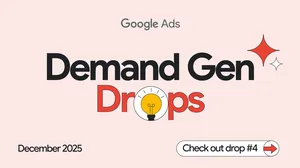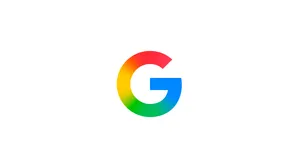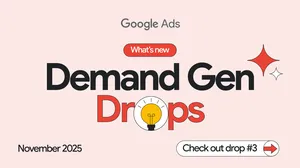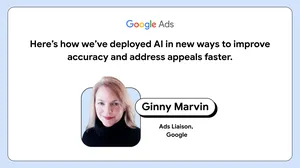The future of attribution is data-driven

In the face of a changing privacy landscape, marketers need new measurement approaches that meet their objectives and put users first. This is why we’ve invested in new tools to help you future-proof your measurement.
One critical tool is machine learning, which can be used to fill the gaps in observed data and unlock new insights into consumer behavior. For example, conversion modeling powered by machine learning allows you to preserve measurement even when cookies or other identifiers aren’t present. Data-driven attribution in Google Ads takes this a step further. It uses advanced machine learning to more accurately understand how each marketing touchpoint contributed to a conversion, all while respecting user privacy.
As the industry continues to evolve, last-click attribution will increasingly fall short of advertisers’ needs. The most successful marketers will switch to a data-driven approach. While Google Ads offers data-driven attribution, some advertisers haven’t been able to use it due to minimum data requirements or unsupported conversion types. To help all advertisers take advantage of better attribution and improve their performance, we’re removing the data requirements and adding support for additional types of conversions. With these improvements, we're also making data-driven attribution the default attribution model for all new conversion actions in Google Ads.
Better performance with better attribution
Unlike other models, data-driven attribution gives you more accurate results by analyzing all of the relevant data about the marketing moments that led up to a conversion. Data-driven attribution in Google Ads takes multiple signals into account, including the ad format and the time between an ad interaction and the conversion. We also use results from holdback experiments to make our models more accurate and calibrate them to better reflect the true incremental value of your ads. And like all of our measurement solutions, we respect people's decisions about how their data should be used and have strict policies against covert techniques, like fingerprinting, that can compromise user privacy.
Advertisers around the world have seen better results by switching to data-driven attribution. When combined with automated bidding strategies, data-driven attribution can drive additional conversions at the same cost-per-acquisition. This is because our systems can better predict the incremental impact a specific ad will have on driving a conversion, and adjust bids accordingly to maximize your ROI.
More campaigns, more advertisers
Today, data-driven attribution supports Search, Shopping, Display and YouTube ads. But we know that data-driven attribution can improve advertiser performance, regardless of campaign or conversion type. That’s why we’re adding support for more conversion types, including in-app and offline conversions. We’re also removing the data requirements for campaigns so that you can use data-driven attribution for every conversion action.
We'll roll out data-driven attribution as the default model for all new conversion actions starting in October and plan to have it in all Google Ads accounts by early next year. You'll still have the option to manually switch to one of the five rule-based attribution models. With these upgrades, data-driven attribution can help every advertiser clearly understand the full value of their Google Ads campaigns.
This is one example of our commitment to helping you make every marketing dollar count, even as the industry continues to shift. We’ll continue to work to use advances like machine learning to bring you measurement tools that deliver performance while also respecting user privacy.






